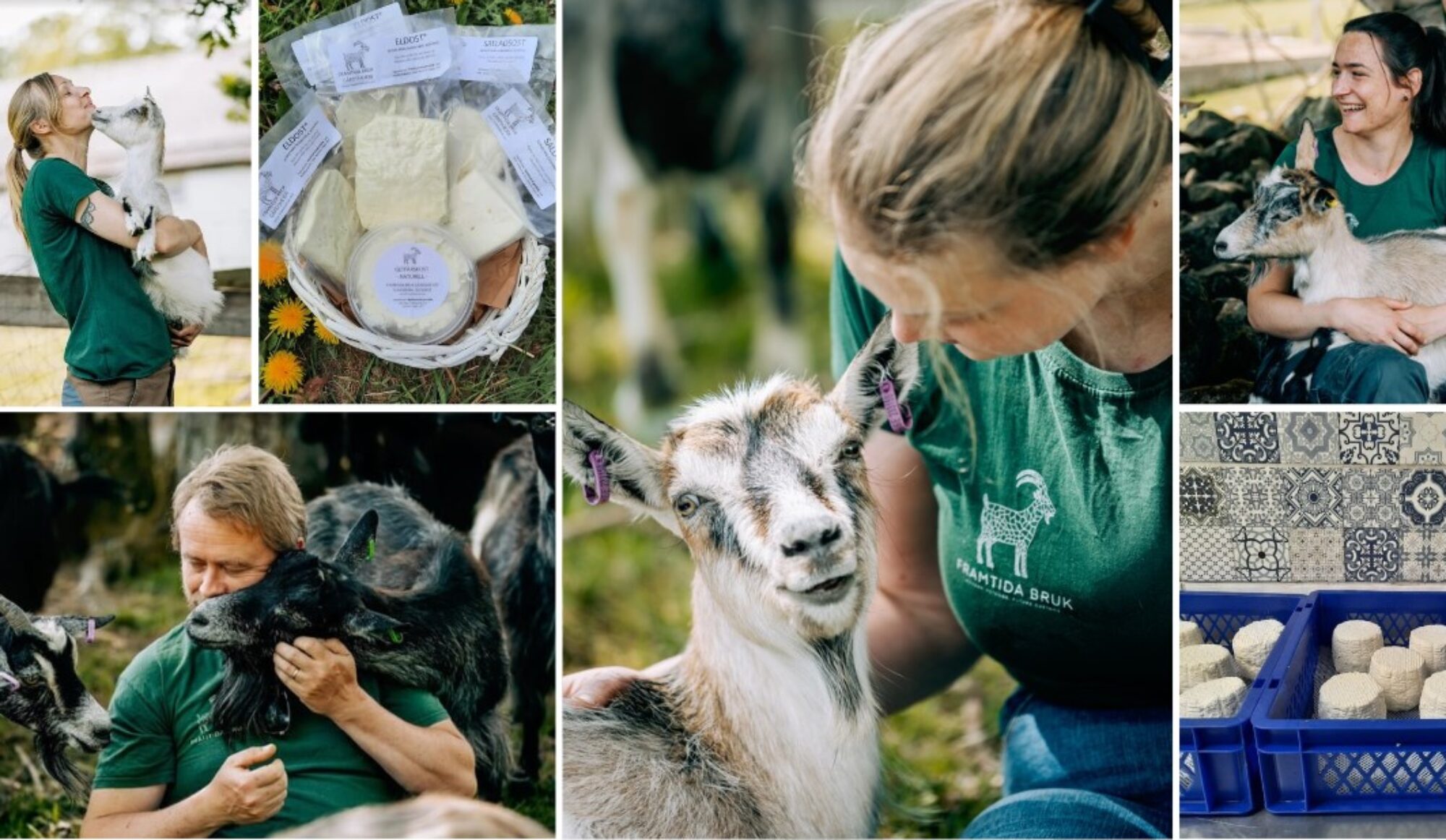The post-industrial crossroads
During the last century, the farm as a societal phenomenon, as well as economical factor, has transformed. A typical farm 100 years ago, would today be considered small scale or homestead. The activities on a farm 100 years ago could span over almost the entire agricultural field, including animal husbandry for several species, vegetable, crop and fodder cultivation, forestry, fishing and fruit foraging, as well as processing the staples into refined and conserved food. These value creating processes was distributed horizontally over several production chains, as well as vertically from raw material and staple production, to refined food and manufactured goods. An economically flexible model, since the cost of switching line of production when one was doing bad, mostly was service based as taken in the learning of a new skill, or hiring another specialist. The modern industrialized farms are most often highly specialized on a few activities, chosen from an economical perspective. If there are grasslands, cow or sheep meat would be a good choice. If there are sedimentary soils, growing crops would be suitable. However, managing farms from an industrial perspective has proven risky, as not only the weather presents unforseeable risks, but also the global market, dependencies on logistics, dependencies on fertilizer and fuel prices and interests on the capital invested in the machine park. The solution to many of these problems has been to scale up and specialize even more, all inspired from other industrial areas. But as the same logistic network that is needed to transport your cattle to a distant meat packaging plant, also can transport meat from a place where it is cheaper to produce, the competition eventually becomes harder. A phenomenon that has greatly reduced the amount of small farms.

That’s all logical. This curve is to be found in all areas affected by industrialization, let be during different periods.The agricultural sector just tends to be a little slower than i.e. manufacturing and raw material sectors, that accomplished the same a few decades earlier.
However, the industrial age is long in the past now. The digital era, the age of information and knowledge, has introduced itself in area after area, leading to transformation of traditional methods, or extinction. Will the huge, specialized and economically vulnerable farms destroy each other ecologically and economically in the competition, and how will our food be produced then?

